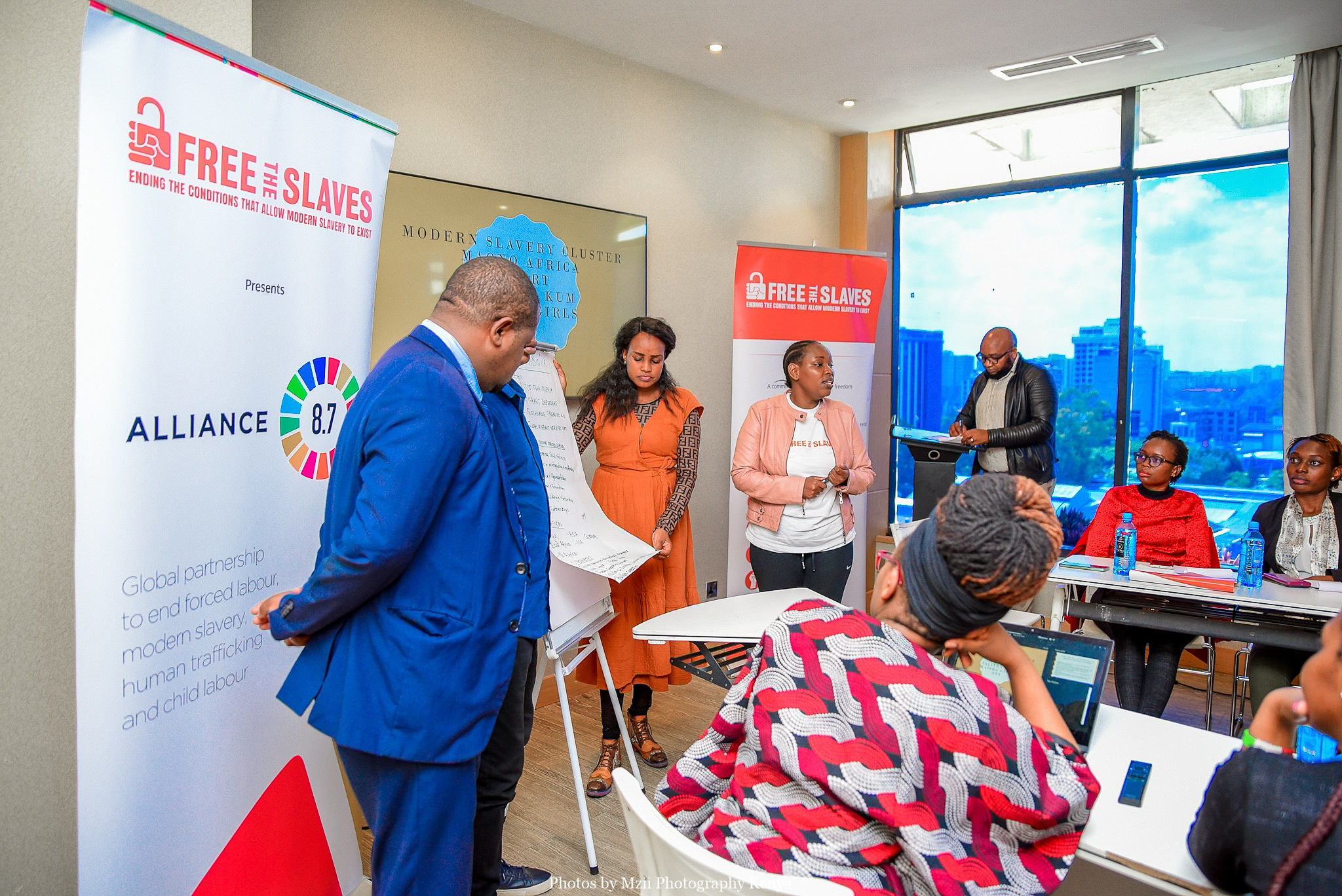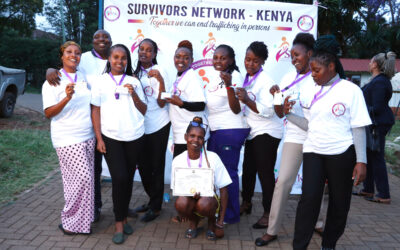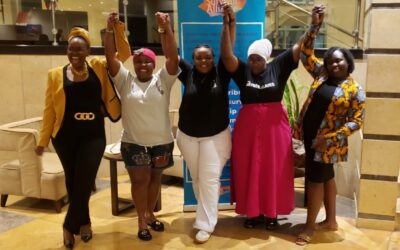Imagine a world without forced labor or child exploitation. For many, it’s a moral imperative; for others, it feels like a distant dream, tangled up in bureaucracy and hidden injustices. But Alliance 8.7, a global partnership to accelerate progress toward achieving Sustainable Development Goal 8.7, refuses to see it as just a dream. It’s a mission—a collaborative effort where governments, businesses, NGOs, and survivors each play a vital role.
So, how can each of these stakeholders turn intention into action?
Governments: The Backbone of Accountability
Governments are the architects of laws that can make or break this fight. But laws alone aren’t enough; enforcement is the missing piece. Here’s how governments can lead the charge:
- Mandate Due Diligence: Imagine if every company, big or small, was legally required to examine its supply chains for forced labor. This isn’t just wishful thinking—it’s possible if governments demand transparency. Currently, over 27.6 million people are trapped in forced labor worldwide. The EU’s Corporate Sustainability Due Diligence Directive (CS3D) is a model, compelling companies to prioritize ethics. Imagine if more countries followed suit.
- Standardize Data Collection: A transnational database on forced labor? This isn’t just wishful thinking. With unified data standards, governments can track the scope of exploitation across borders, making it easier to identify, prevent, and ultimately dismantle forced labor networks. The ILO’s Research to Action initiative is already leading this effort, with 16 active projects setting the groundwork for transparency. Imagine countries worldwide aligning their strategies to combat forced labor as a united front.
- Secure Funding: We’ve all seen what happens when efforts are underfunded—great ideas fizzle out. Only 1% of aid funding is currently directed toward modern slavery. By prioritizing anti-labor initiatives in national budgets, governments can ensure these programs have the resources they need to make a lasting impact.
- Lead with the Pathfinder Accountability Framework: Becoming a Pathfinder country under Alliance 8.7’s Accountability Framework is a bold step for governments, allowing them to take a leadership role in eradicating forced and child labor. This framework holds countries accountable through regular assessments of progress, encouraging genuine strides in policy and enforcement. For example, Nepal and Côte d’Ivoire have committed to this path, setting ambitious national goals and sharing their progress through annual reports reviewed by the SDG Monitoring Working Group. By signing on as Pathfinders, governments aren’t just promising change—they’re committing to transparent action, a critical component in making the fight against labor exploitation truly effective.
Roadmaps, like those on the Alliance 8.7 website, show Pathfinder countries making bold commitments to end forced labor, serving as guiding models for countries committed to ending forced labor.
Businesses: The Frontline of Responsibility
For businesses, it’s not enough to just talk about ethics; they have to walk the walk. Here’s where they can start:
- Be Transparent: Public reporting on labor practices isn’t just for optics; it’s about real accountability. Transparent companies set the bar, challenging others to do the same.
- Engage Survivors: Including People with Lived Experience (PLE) in policy discussions is both symbolic and practical. Take Amina, a young girl from Ghana featured in the film Azali, who escaped child labor and now works with advocates. Her experience highlights risks often missed in corporate reports.
- Partner Across Sectors: Businesses don’t have to go it alone. Partnering with governments, NGOs, and survivor groups can amplify their impact and create sustainable change.
NGOs and Survivors: The Heart and Hands of Change
In the fight against forced labor, NGOs and survivors are both the heart and hands, turning resilience into reform and advocacy into action. They don’t merely respond; they build, heal, and inspire, embodying the courage to transform lives and the commitment to protect. Here’s how they’re making a lasting impact:
- Elevating Survivor Voices: Policies crafted by survivors aren’t just compassionate; they’re grounded in reality. Through initiatives like the Freedom from Slavery Forums by Free the Slaves (FTS), NGOs amplify survivor voices, making sure the lived experiences of exploitation resonate in places of power. In the Democratic Republic of the Congo, Bernadette Agano—a survivor leader and FTS’s DRC Country Coordinator—champions workers’ rights and advocates for policies that genuinely protect those most at risk. Supported by networks like the Survivors Network Kenya and leaders such as Jackline Mwende, FTS’s Senior Regional Manager for East & Central Africa, these voices embody resilience and purpose, demonstrating the impact of survivor-led change in action.
- Providing Lifelines for Healing and Empowerment: Training, legal aid, psychological support—these aren’t just services; they’re lifelines, guiding survivors from survival to strength. With only 13% of countries offering adequate survivor support, NGOs like FTS bridge this gap, offering workshops that help survivors rebuild, reclaim their lives, and step into new futures. These resources don’t just heal; they uplift and empower, honoring each survivor’s resilience.
- Building Unbreakable Alliances: NGOs know that lasting change requires collaboration. By weaving together the efforts of governments, businesses, survivors, and local communities, they forge alliances stronger than any single voice alone. These coalitions amplify the fight against forced labor, transforming individual efforts into a united, unstoppable force.
Together, NGOs and survivors do more than advocate; they build the blueprint for a world where freedom is a right, not a privilege. They are the architects of change, turning policies into protections and resilience into hope. Through their voices, resources, and alliances, they lead us toward a world where justice and humanity prevail.
A Vision of Shared Responsibility
The fight against forced and child labor isn’t just Alliance 8.7’s mission; it’s a shared duty. Governments, businesses, NGOs, and survivors each hold a vital piece of the solution. As Maya Angelou said, “Nobody can make it out here alone,” a reminder that our freedom is bound together, woven in a common fabric.
Governments enact laws and champion accountability. Businesses uphold transparency and ethical practices. NGOs like Free the Slaves bring voices together through forums and partnerships, turning advocacy into action. And survivors, with their resilience and courage, lead us forward, reminding us of the real stakes in this battle.
Together, with clarity, courage, and collaboration, we have the power to break the chains of forced labor. The road ahead may be steep, but with each step we take, we light the way toward a future where justice prevails and freedom is universal.




